Banning State Park
If you would like to receive notification of future posts, please sign up below. I will not share your email address information with anyone.
All living things need air, water, food, sunlight, and a habitat at the right temperature. We may live in cities, disconnected from nature, but we are each 100% dependent on our planet to provide these critical things for us, regardless of our economic status, job title, political affiliation, etc. Ironically, the greatest threat to these things is us, the human race, and our greed to always want and take more than we need.
What was the United States like Before the Environmental Protection Agency (EPA)?
You know the phrase “throw it away” – Have you ever paused to consider where “away” is? Prior to the creation of the Environmental Protection Agency in 1970 and the Clean Water Act, waterways were commonly used as a method to carry away trash, sewage, and industrial waste.
In the late 1800s, Chicago had a huge problem – untreated human waste was being dumped into the Chicago River, which flowed into Lake Michigan. Lake Michigan is Chicago’s main source of drinking water. This sewage was threatening the future of Chicago due to serious health concerns. Rather than considering an alternate method of disposing the sewage or figuring out a way to clean up the sewage before putting it in the river, the city decided to reverse the flow of the river from Lake Michigan into a watershed of the Mississippi River. In 1892, construction began on a canal 31 miles long, 26 feet deep that cost more than $70 million dollars. This project was successfully completed at the beginning of 1900, an engineering marvel of its time, much to the dismay of the downstream city of St. Louis.
Chicago was not the only city that used rivers as a means of transporting waste away. By 1933, the Mississippi River near Minneapolis and St. Paul was so polluted there were no living fish. Between the 1950s-1960s, the Cuyahoga River near Cleveland, Ohio, burst into flames on several occasions. Can you imagine a river so full of crud and garbage that it could start on fire?
By 1969, approximately 2/3 of the United States lakes, rivers, and streams were unsafe for fishing or swimming and 30% of the drinking water had chemical levels which exceeded public health recommendations. The Hudson River had bacterial levels 170 times what would be considered the safe limit, and 26 million fish died in Lake Thonotassa, Florida, due to discharge from nearby processing plants.
By the 1960s, the air quality in our metropolitan areas was likewise in dire conditions. In New York City, the smog was so thick it was difficult to see across bridges and this smog is believed to be responsible for killing at least 400 people in 1963 alone. In Los Angeles, exhaust from vehicles was linked to birth defects, and the city of St. Louis was described by a citizen as smelling “like an old-fashioned drugstore on fire.”
An oil spill occurred at the end of January 1969 in Santa Barbara, California, coating 400 square miles of coastline with slime. This was the largest oil spill of the time, and killed thousands of birds, as well as dolphins, elephant seals, and sea lions.
At the same time of these environmental disasters, astronauts began photographing Earth from Space for the first time. People started to see the Earth’s resources as finite and understand that changes needed to be made. Lucky for us, Americans in the 1960s spoke up and demanded a better future. Our elected leaders set bold goals as we began to put the needs of our health and that of future Americans above the desires of industry, our economy, and energy usage. Unfortunately, this isn’t a “rise above” moment – we continue to battle these same factions today. But the ability of those in power in the 1970s to turn the tide towards better environmental protection perhaps sheds light on our current struggles, and just might be the needed inspiration for bold moves that we need to make in 2019 to save our planet from climate change.
How did the Environmental Protection Agency Come to Be?
Lake in Northern MN
President Nixon addressed the country’s environmental emergency in his 1970 State of the Union:
“The great question of the seventies is, shall we surrender to our surroundings, or shall we make our peace with nature and begin to make reparations for the damage we have done to our air, to our land, and to our water?
…We still think of air as free. But clean air is not free, and neither is clean water. The price tag on pollution control is high. Through our years of past carelessness, we incurred a debt to nature, and now that debt is being called.
…Now, I realize that the argument is often made that there is a fundamental contradiction between economic growth and the quality of life, so that to have one we must forsake the other.
The answer is not to abandon growth, but to redirect it. For example, we should turn toward ending congestion and eliminating smog from the same reservoir of inventive genius that created them in the first place.
…Each individual must enlist in this fight if it is to be won.”
On April 22, 1970, at the beginning of our country’s war to combat the effects of man on nature, we celebrated the first Earth Day, and on Dec 2, 1970, the Environmental Protection Agency was established in the United States. This agency consolidated federally-funded research, set environmental standards, and then monitored and enforced these standards. The goal of the EPA was to work for a cleaner and healthier environment for the American people.
Pause here – The current EPA under the Trump Administration has a “Back-to-Basics” strategy. Before we jump back to 2019, it’s important to realize just how bad the environment was before the EPA was created. And it’s just as important to realize that the creation of the EPA was in response to demands of Americans to care for our environment for our own health and that of future Americans. It was established to serve and protect the people of this country, in response to the greed of industrial and economic growth and our growing demands for energy and transportation.
In addition to the creation of the EPA, two significant (and still very relevant) pieces of legislation were passed: The Clean Air Act of 1970 and the Clean Water Act of 1972.
What are the Clean Air and Clean Water Acts?
Itasca State Park - Headwaters of the Mississippi River
The Clean Air Act gave money to the EPA to monitor and research air pollutants. The EPA then used this research to set pollutant emissions standards (how much of the chemical can be released into the air) for immobile sources (such as factories) and mobile sources (such as automobiles). These standards were defined based on the health needs of the most vulnerable of our country’s citizens (those with cardio and respiratory health concerns). Federal funding was given to all states to enact air pollution programs to monitor these air pollutants and to prosecute those violating the emission requirements. Over the years, this act remains similar, although changes have increased the number of air pollutants that are monitored, and emission standards have decreased due to increased knowledge of our own public health needs.
The Clean Water Act requires “zero discharge of pollutants into navigable waters” unless you obtain a permit to put waste into the water. Like the Clean Air Act, the EPA set standards for water pollutants and was given the authority to monitor these standards and fine polluters who did not comply. The Clean Water Act also provided money for the construction of Sewage Treatment Plants and gave the EPA authority to monitor and enforce waste water standards. Note that what we define as “water” under this act matters, as only “water” as defined by the Clean Water Act is federally protected.
Neither act fixed all air and water quality problems - we still struggle with smog and polluted water, but both acts helped things get better, and continued to make further improvements, up until the current administration.
Today’s Current Environmental Emergency – Climate Change
Lake Superior
Like the 1970s, we are facing an environmental catastrophe of our own time with climate change. Effects of climate change include increased wildfires, droughts, hurricane intensity, and rising sea levels. The most recent wildfire in California, Camp fire of 2018, killed at least 85 people and destroyed the city of Paradise. This fire was so devasting because of the severe drought conditions caused by climate change. Hurricane Harvey of 2017 caused $125 billion in damages due primarily to the extreme rainfall that accompanied the storm, which was also cause by climate change. Climate change isn’t something in the future – we are experiencing the impacts today.
Our fight against climate change in 2019 faces the very same hurdles as the fight for clean air and clean water in 1970. President Nixon’s words from the 1970 State of the Union feel very relevant today as this battle continues. This battle raged even within President Nixon as he struggled with how best to balance caring for the environment, its price tag, and the impact it had on the economy. In 1972, he vetoed the Clean Water Act due to the $24 billion dollars requested. In his veto message to Congress he wrote, “The political winds can blow where they may. I am prepared for the possibility that my action on this bill may be overridden.” It was. Thankfully.
Caring for the environment and balancing needs of the future versus the economy is something our leaders continue to struggle with, and we need to support them in taking bold actions to make difficult decisions that benefit the health of current and future Americans.
What are the Current EPA Goals?
Glacier National Park
If the EPA was created to carry out research to set, monitor and enforce environmental standards in order to ensure a clean and healthy environment for the American people, where are they in today’s fight against climate change?
On the Environmental Protection Agency’s website: www.epa.gov, you will find a link entitled “Return to Core Mission” with a “Back-to-Basic Agenda”. The Back-to-Basic Agenda lists its goals as:
Protecting the environment
Engaging with partners
Sensible regulations for economic growth
Refocusing the Agency back to its core mission
Restoring power to states through cooperative federalism
Adhering to the rule of law and improving Agency processes
This list makes me upset. I don’t see Public Health on this list… I don’t see a list of goals that serves current and future Americans in a time of crisis. I see a list that serves industry and partners. This feels like the opposite of the core mission of the EPA. The scientists of the EPA need to be allowed to be leaders for us right now. This is very very very concerning.
Current Actions of the EPA
On March 28, 2017, President Trump signed an Executive Order requiring all federal agencies to review existing regulations that “potentially burden the development or use of domestically produced energy resources.” What does this mean? Regulations protecting our clean air and water and restrictions on carbon emissions and other greenhouse gases which speed climate change are being relaxed.
See the below website for a current and complete list of climate deregulation.
Here is a simplified summary of some key changes:
The United States exited the Paris Agreement – a global agreement created to combat climate change.
The EPA proposed canceling the Clean Power Plan. The Clean Power Plan means what it sounds like. The goal of this plan was to reduce carbon emission in the US from power generation sources by 32% by 2030 (compared to 2005 carbon emission levels) by replacing coal power plants with renewable energy sources (ex. solar and wind).
The EPA has also proposed increasing the current carbon emissions allowed for new coal power plants.
The EPA is removing the requirement for oil and gas companies to report their methane emissions. Methane is a greenhouse gas more potent than carbon dioxide.
The EPA has also rolled back regulations related to disposal of coal ash, which is created while burning coal. Coal ash can end up in our water, and these chemicals can lead to cancer.
The EPA delayed implementation of a rule banning coal power plants from disposing of toxic waste (including mercury and lead) into our waterways
Car fuel efficiency improvements have been frozen at 37 miles per gallon. Previously, requirements for car models 2022-2025 were set to have minimum fuel efficiency requirements increased to 54 miles per gallon.
Under the 1970 Clean Air Act, California was previously allowed to set its own tighter restrictions on fuel efficiency requirements for new car models, and other states could follow California’s lead. This ability of California to act independently with respect to fuel efficiency standards has also been revoked.
Hydrofluorocarbons (HPCs) have previously been used in refrigeration and air conditioning systems. HPCs are 1000s times more potent than carbon emissions from an impact on global warming and climate change. Previously HPCs were prohibited for use. The EPA is proposing revoking limits of HPC use.
What is considered “waters of the United States” is also under review. This defines which water is protected under the Clean Water Act. The Obama Administration widened the definition to include wetlands and streams. Wetlands filter out chemicals in water before it enters into lakes and streams and into our drinking water. The Trump Administration is proposing rolling this definition back, which will have a negative impact on our drinking water quality.
What is the impact of these changes? At a time when we need to be cutting our carbon emissions in half within the next 3 years, and then cut them in half again within the following 10 years to prevent reaching the global tipping point in climate change, US carbon emissions increased by 3.4% in 2018, even with a large number of coal power plants closing. The time for us to act is NOW, and WE ALL NEED TO ACT!
How Do We Fight This Battle?
Off of the Oregon Coast
Call Andrew Wheeler, the current acting administrator of the EPA. Tell him that you care more about current citizens and future Americans than industry and economic growth, and that you expect the EPA to become the needed leaders in our fight against climate change. You don’t need an eloquent, educated message. All you need to do is to tell him that you care about climate change.
Call you Senators and your House Representatives with the same message.
Talk about these issues with your friends, family, and neighbors. The environment should not be a partisan issue. We all need clean air and water and need an appropriate climate. Find out what they care about and connect it to the environment. It isn’t hard to do once you get the courage to speak out. I find that most people agree with me, and that most people are just looking for more information directly from people that they trust. We need EVERYONE to care about climate change!
Learn more. Here are some sites to check out:
Sources of Information
https://www.popsci.com/america-before-epa-photos
https://www.lion.com/lion-news/november-2016/pre-epa-us-environmental-laws-before-1970
https://www.epa.gov/clean-air-act-overview/evolution-clean-air-act
https://www.pbs.org/now/science/cleanwater.html
https://www.pca.state.mn.us/clean-water-act-images-past
http://columbiaclimatelaw.com/resources/climate-deregulation-tracker/all-updates/
Additional Posts from Nature Impacts Us:
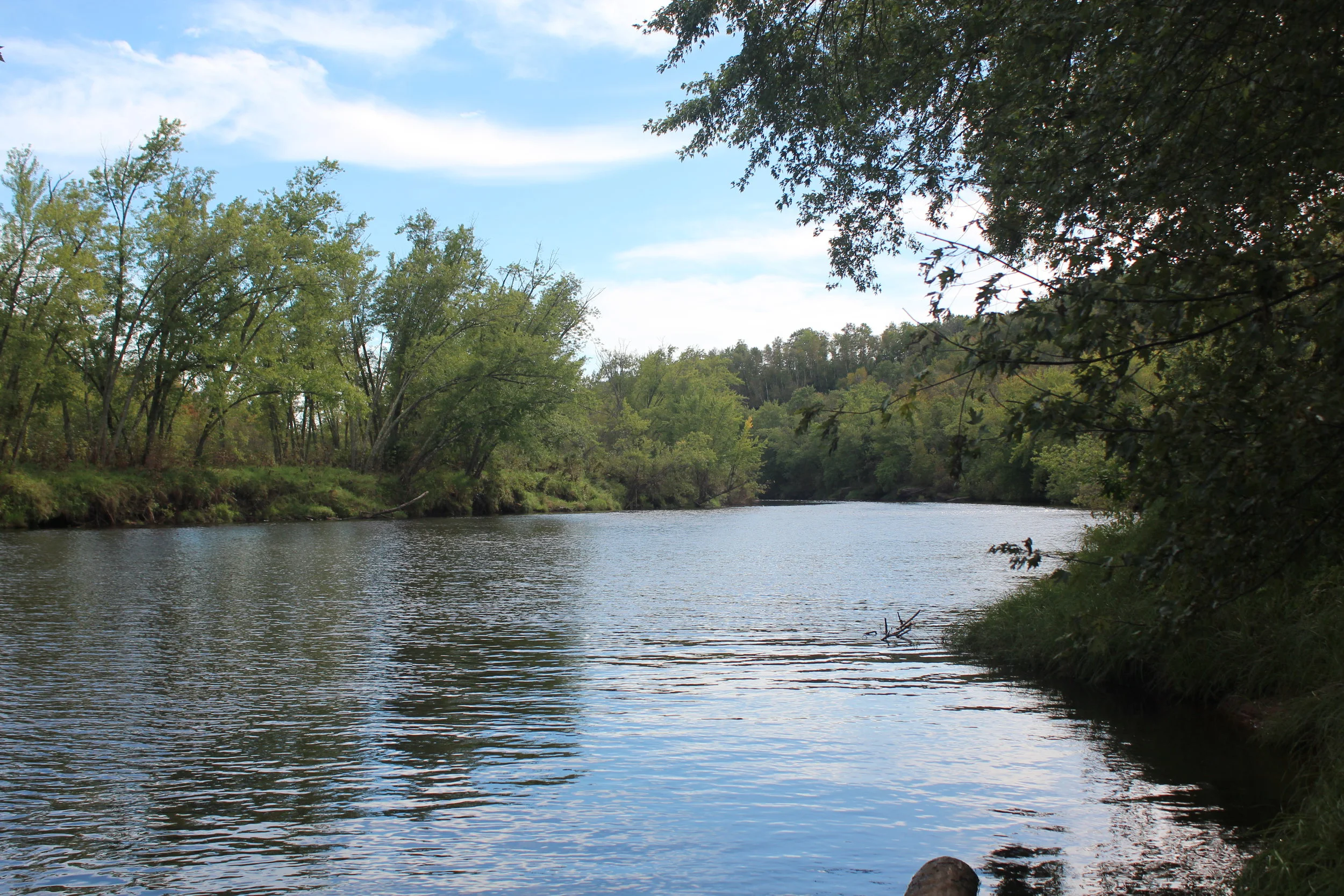


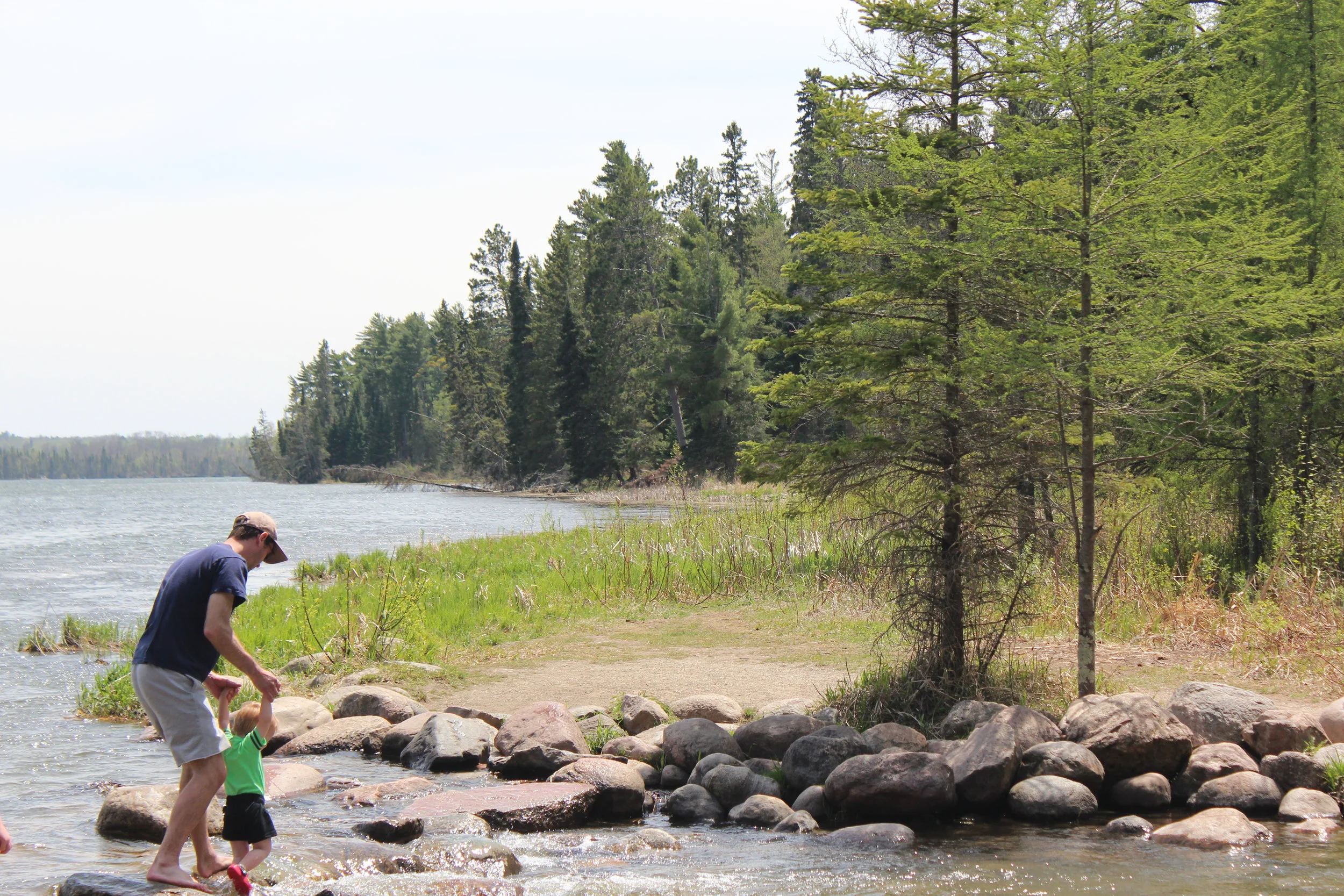



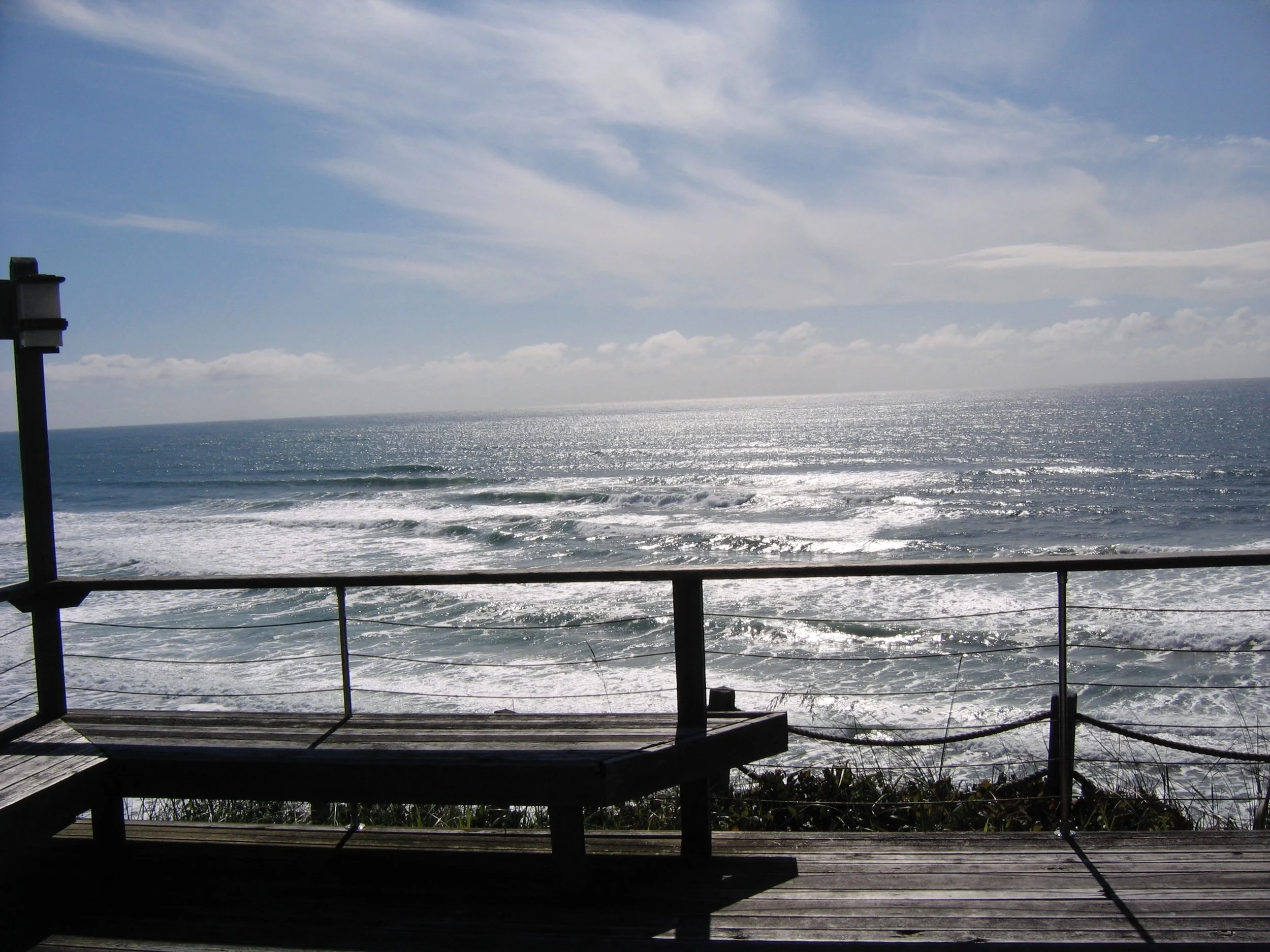
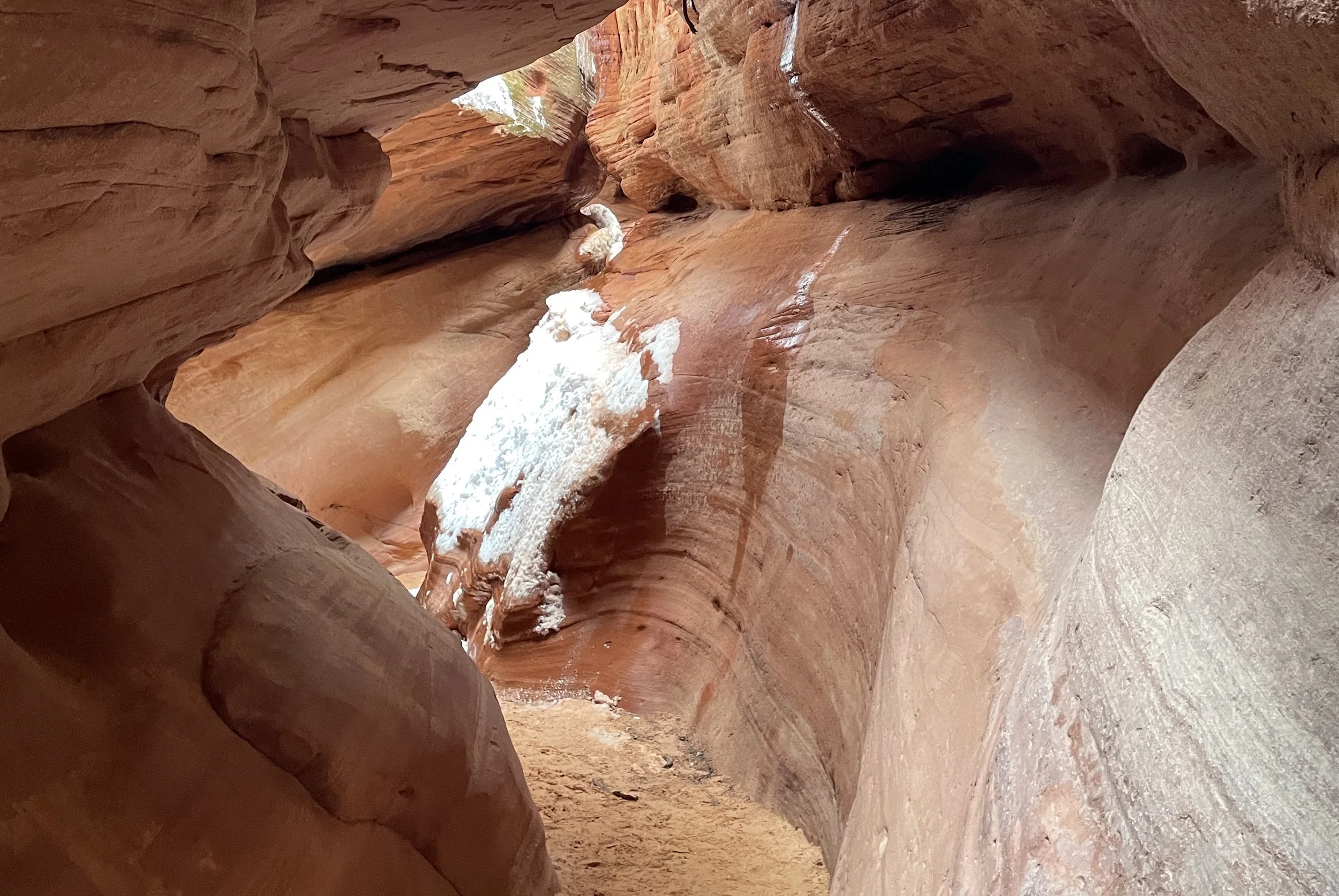





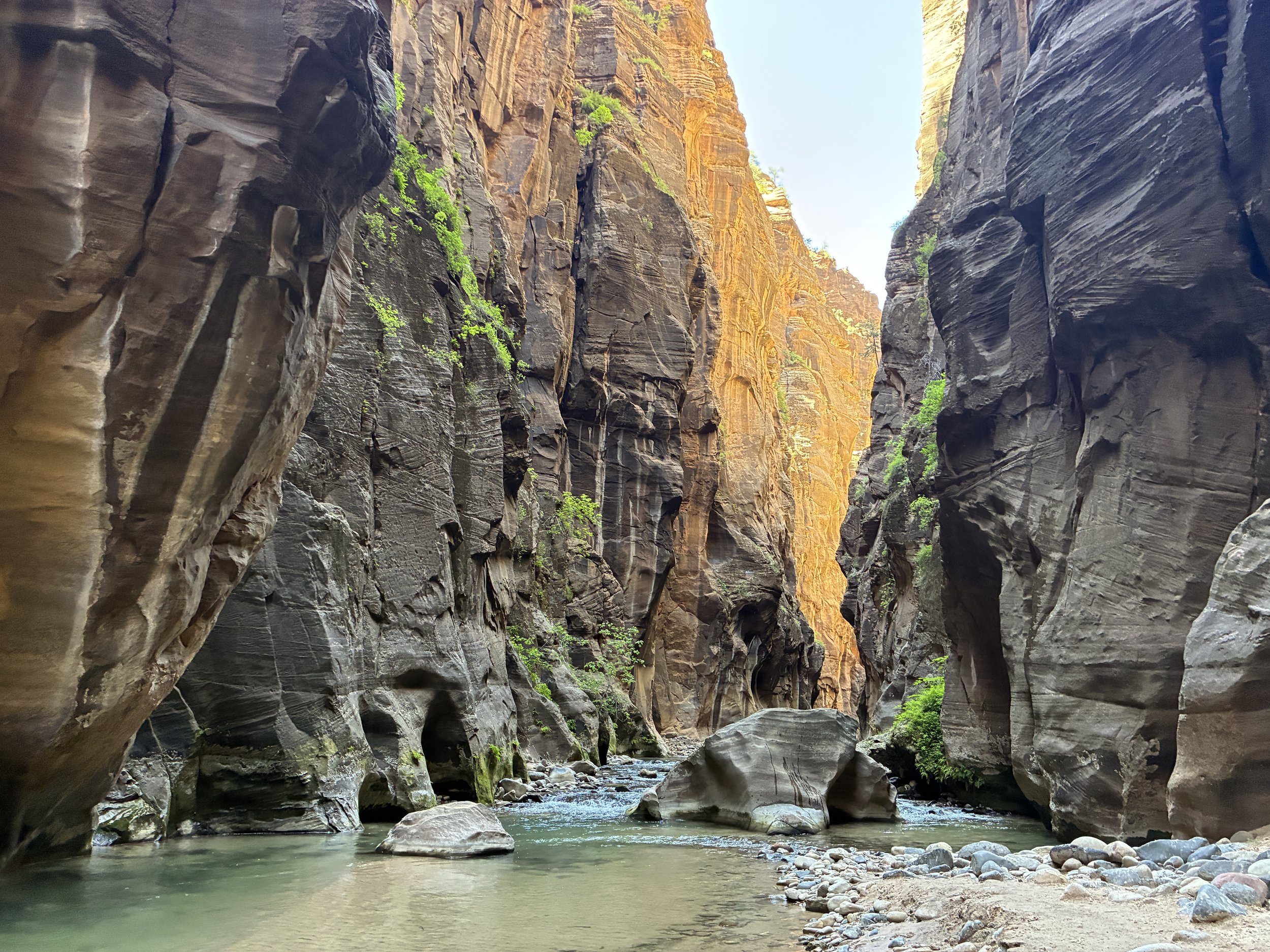
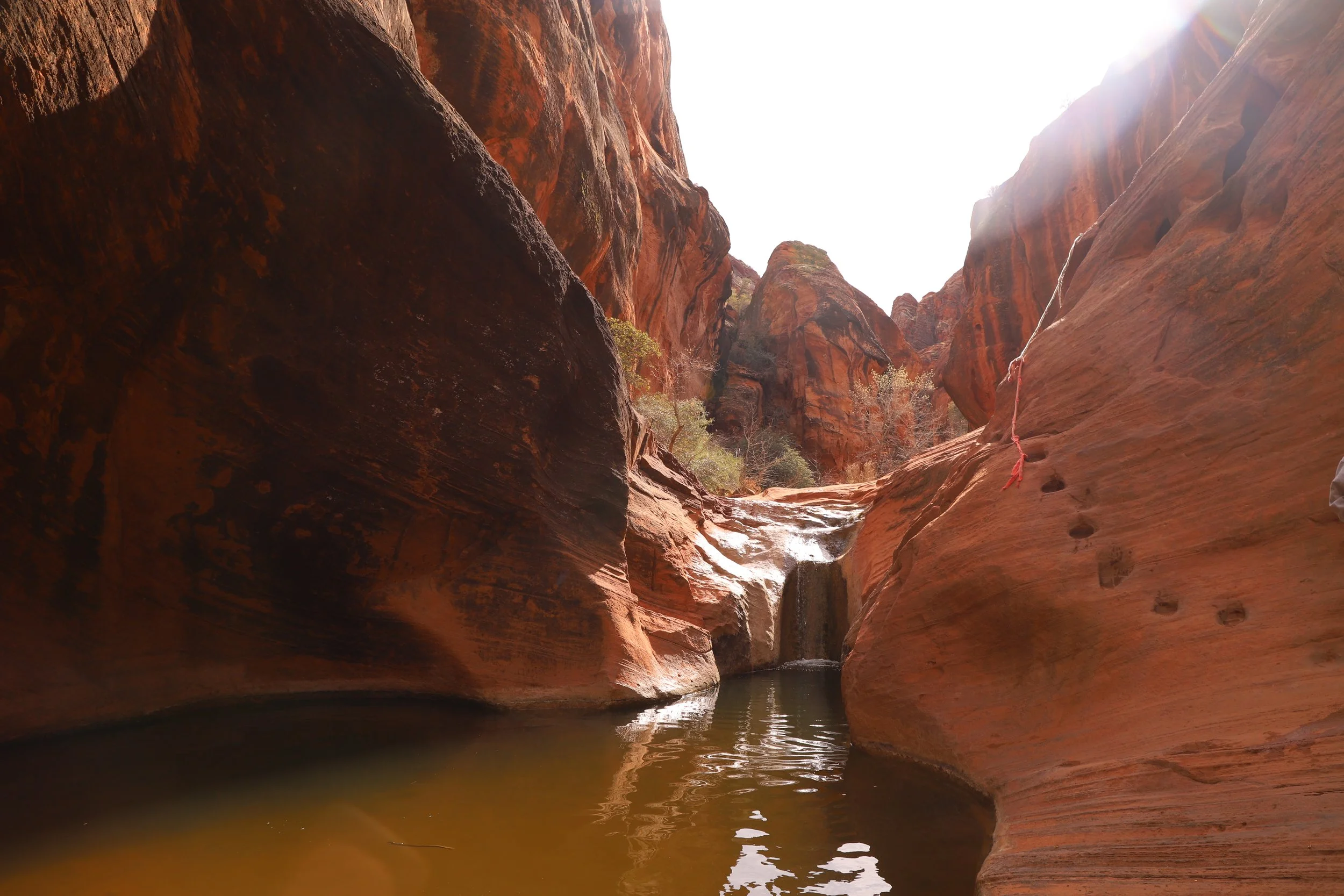

Keyhole Canyon is a 3B I slot canyon in Zion National Park. This adventure requires rappelling gear, wetsuits, headlamps, and pre-purchased backcountry permits picked up from Zion’s Visitor Center the day before or day of the hike. The 0.7-mile roundtrip loop includes 2 slot canyons, 4 rappels, and a lot of water - some sections waist deep and other sections that require a small amount of swimming.